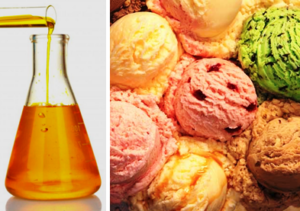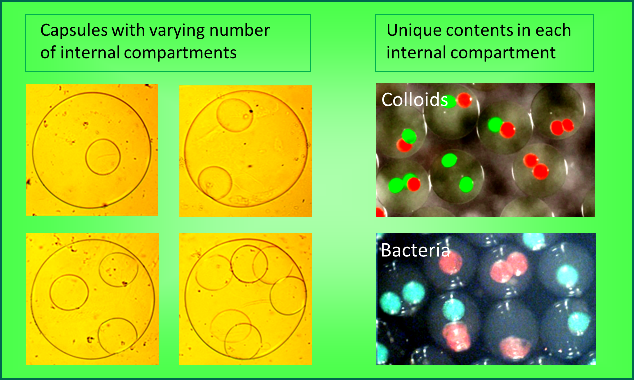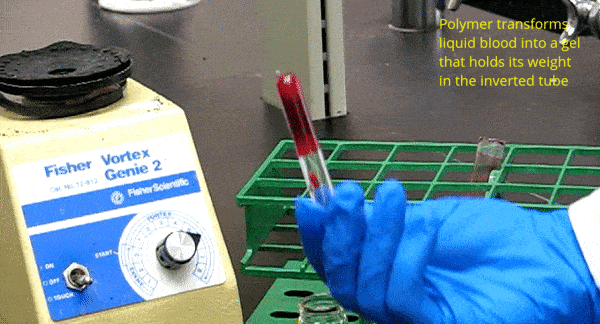What We Do
We create and invent new materials with unusual or exceptional properties. Read an interview with Prof. Raghavan…

The materials we create are usually soft solids or viscous fluids. We try to tailor their mechanical and flow properties. More…

Our specialty is “smart” materials, whose properties can be switched (by light, heat, electricity, etc.). More…

Our inventions often draw inspiration from nature at various length scales (macro, micro, nano). More…

We emphasize simplicity in our work. That is, we try to find simple routes to new materials using cheap ingredients. More…

Our scientific focus is on discovering the rules for molecular self-assembly into various nanoscale structures. More…

Techniques in which we have expertise include rheology, light scattering, and neutron scattering (SANS). More…

Research Areas Connected to the Group
Featured Research Topic: Artificial Cells

The architecture of life is based on cells (microscale containers), which have organelles, i.e., smaller containers inside them. We are trying to mimic this by creating microscale capsules that have smaller capsules inside them. These multicompartment capsules (MCCs) can contain nanoparticles, enzymes, or bacteria in specific inner compartments (see paper in Chemical Science, 2017). We are collaborating with Prof. Bill Bentley (BioE) in this research.
Featured Application: Stopping Bleeding

Stopping blood loss from wounds is crucial during surgeries and on the battlefield. We got into this area when we discovered a ‘hemostatic’ polymer that is able to convert liquid blood into a gel (see above) by a self-assembly mechanism. The same polymer rapidly arrests bleeding from severe injuries in animal models. This technology won the Invention of the Year award at UMD in 2009, and since then has been patented and FDA-approved. Gel-e, Inc., a company run by a former student, is bringing this to the market.